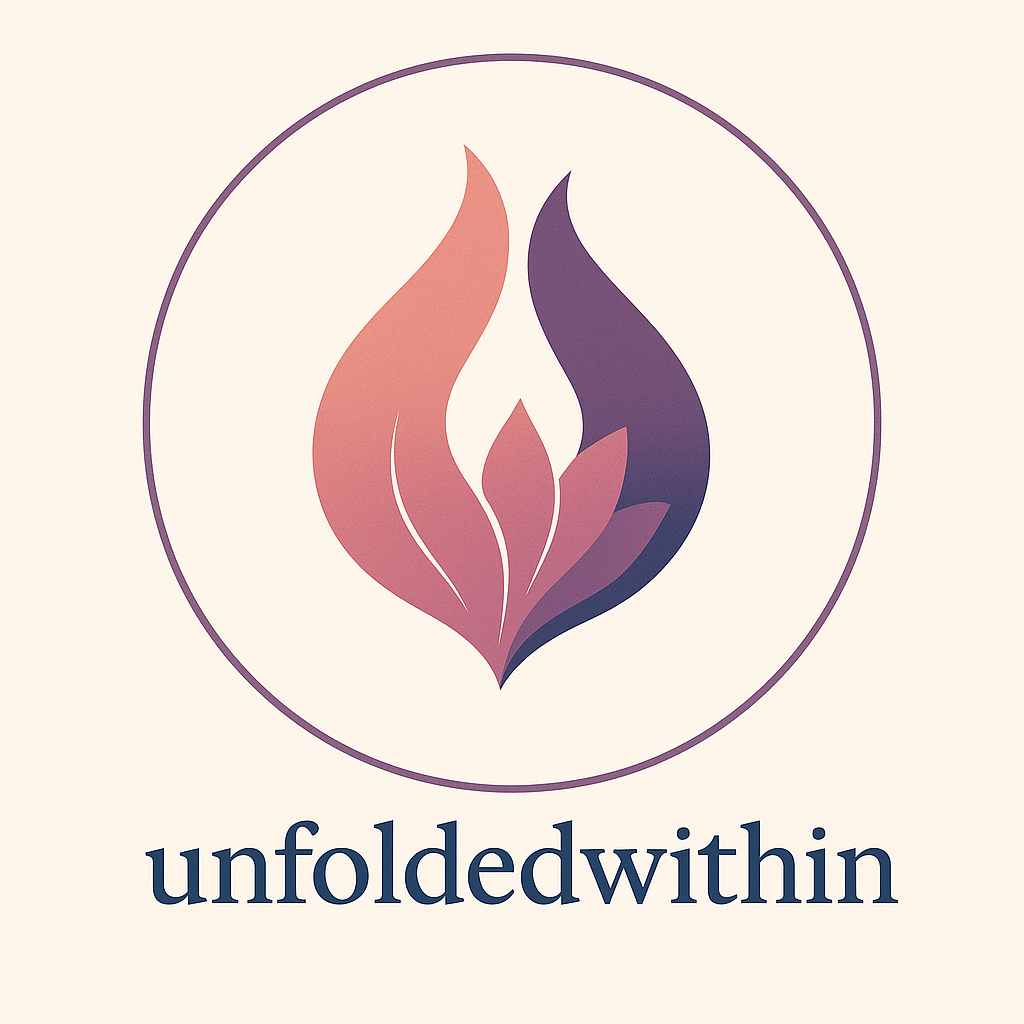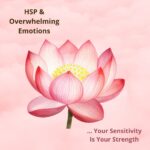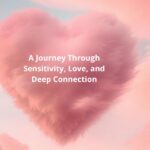Learning to say NO without feeling guilty didn’t come naturally to me. Saying no can feel uncomfortable. Especially when guilt follows right behind. In this personal story, I share how I used to say yes even when it hurt. And how I learned to set kind, honest boundaries without losing myself. If you struggle with people-pleasing, guilt. Or the fear of disappointing others, this article will help you see “no” in a whole new light.
How I Learned to Say No Without Feeling Guilty
Old Habits, New Awareness
It was Wednesday morning, and my phone buzzed before I’d even had my first sip of coffee.
A message from a friend: “Can we talk this afternoon? I’m going through something.”
My schedule was already packed, my mind felt overloaded before the day had even started.
And still, I heard myself typing: “Of course, call me whenever.”
The moment I hit ‘send’, I felt that familiar tight knot in my stomach.
Why did I say yes, again, when everything inside me was quietly screaming NO?
That day, I realized something important. It wasn’t that I didn’t know how to set boundaries.
The real challenge came after I set them. When the guilt crept in. As if saying no made me less of a good friend, less helpful, less… worthy.
But the guilt isn’t the problem. It’s the messenger.
So many self-help tips say: “Just ignore the guilt—it’ll pass.” But that doesn’t work.
Guilt isn’t your enemy because it is a signal. It shows us what we’re afraid of:
Afraid of being rejected.
Afraid of being seen as selfish, and afraid people will like us less.
Every time I felt that guilt, I turned inward. Curious to understand why I was saying yes when I really wanted to say no. Who am I trying to please with this ‘yes’?
You could see this as part of what’s called shadow work. When you journal with your shadow, the parts of yourself you usually keep hidden. You start to uncover patterns that normally wait quietly in the background. Until you bring them into the light. Only then can you begin to understand and gently transform them.
The Unexpected Gift of Saying No
The day I put myself last (again)
A little while later, something happened at work.
We were overwhelmed behind the scenes, and I knew a few colleagues had nothing urgent to do at that moment. I wanted to ask for help.
But I didn’t.
I told myself they deserved a break, it had been a long day. So I did what I always did:
I just handled it myself. It was an old pattern that once helped me survive. But now, it was costing me more than it gave.
Back then, I couldn’t yet see that I also deserved a break. That I had worked just as hard.
Taking care of myself didn’t even make it on my to-do list.
Now, I know better. Now, I just ask for help.
And you know what?
My colleagues are happy when I do, because they know I don’t ask over every little thing.
These days, I genuinely put myself first. And when I’m drowning in work, I protect my energy like it’s my most valuable asset.
How I Learned to Say No Without Feeling Guilty
No is not rejection. It’s a gentle return to your own heart
Boundaries can be an invitation
I discovered something surprising:
Saying “no” doesn’t always mean slamming a door.
Sometimes, it’s an invitation to deeper honesty.
The first time I told a friend, “I’d really love to help, but I just can’t today,” something unexpected happened. She smiled and said,
“Thanks for being honest. That actually helps me know where I stand.”
My mind had expected drama and what I got… was relief.
How I Learned to Say No Without Feeling Guilty
The practice of micro-boundaries
Instead of waiting until I was on the edge of burnout, I started practicing what I call micro-boundaries.
Small, honest moments where I said what I needed, before it was too late.
“I’ll call you back tomorrow, I need some quiet right now.”
“I’d love to hear your story, but do you mind keeping it short? I’ve got ten minutes.”
“That sounds fun, but I’m going to pass this time.”
It might seem small, but micro-boundaries are like training sessions for your nervous system.
The more often you set them, the less your body freaks out when it’s time for a bigger “no.”
Saying ‘no’ isn’t about closing doors. It’s about unlocking the ones that lead you home.
The unexpected gift
Something magical happened when I stopped people-pleasing:
The people who truly fit into my life stayed. The rest… faded away. And it’s a bit sad that they’re no longer part of my life. But maybe they just didn’t quite fit with the new me. The me who’s learning to put myself first. Gently stand up for myself, and set kind but firm boundaries.
Letting them go has opened space for new people and new experiences. I believe it will be the same for you. And that wasn’t the loss I had always feared. It was a relief. A homecoming. I learned that boundaries aren’t about pushing people out. They’re about finally inviting yourself in.
How I Learned to Say No Without Feeling Guilty
A practical exercise (not boring, promise)
Write down one situation where you usually say yes on autopilot.
Now, practice turning it into a kind but clear “no.”
Notice where you feel tension in your body. What is it trying to tell you?
And then… try it. Not to be perfect. But because every “no” that aligns with your heart
is actually a wholehearted “yes” to yourself.
💬 Personal note:
If you’re reading this thinking, “I could never do that…”
Trust me, I thought the same.
Until I realized that setting boundaries doesn’t make you hard.
It just means you finally learn to stay soft. But this time, with yourself too.
Lovingly and carefully updated on: 14/08/2025






